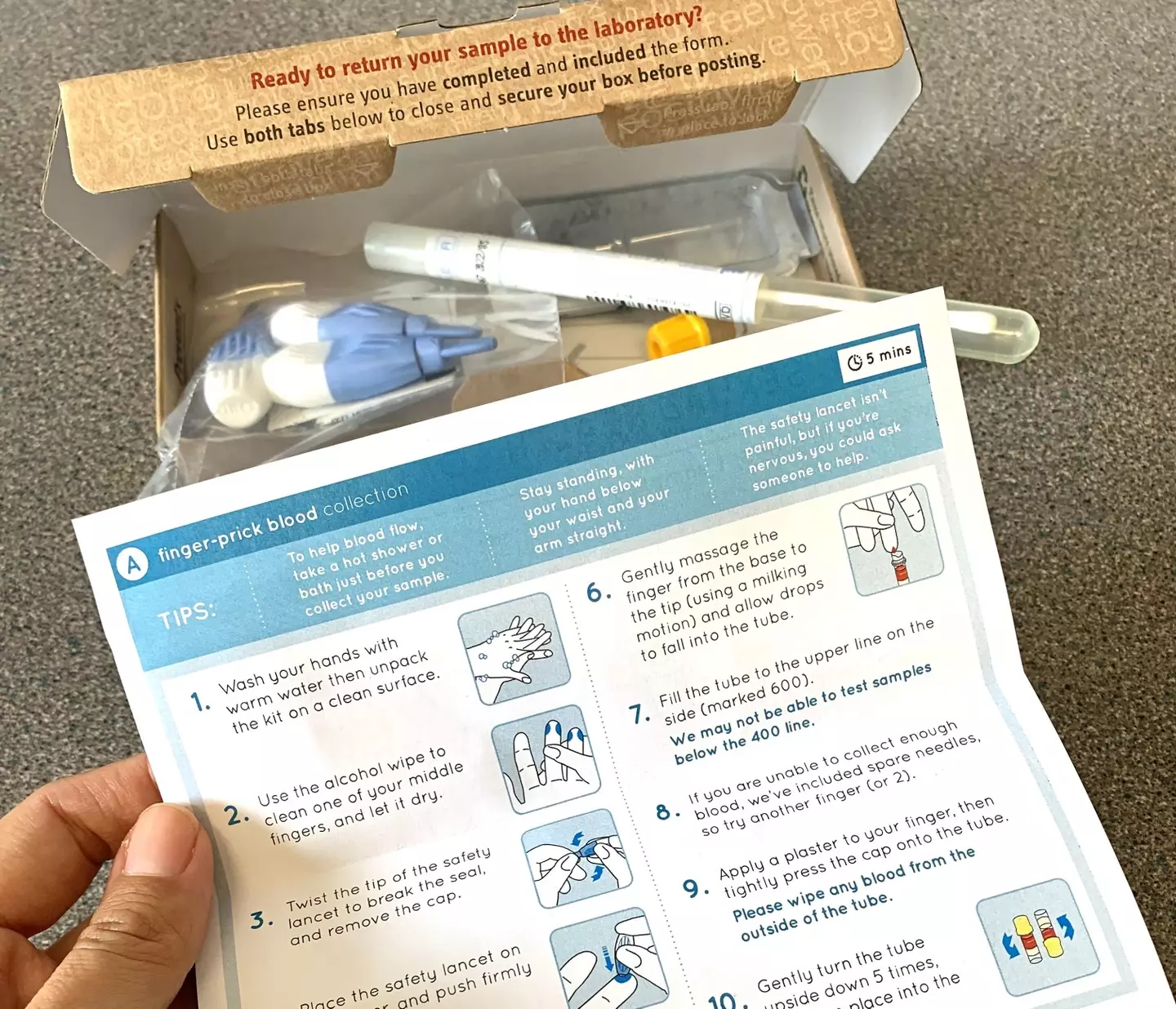
A new strain of 'super gonorrhoea' has reportedly been identified in two regions across the UK.
The UK Health Security Agency confirmed three new cases of the strain - which is said to be antibiotic-resistant - in addition to a case found in December 2021.
The first case of 'super gonorrhoea' was detected in 2016 and there have since been 12 cases, including the three detected in 2022.

Experts fear the so-called super strain has now gained traction in the UK, having been found to be resistant to ceftriaxone, the drug used to treat the infection. Tim Walsh, an academic lead on antimicrobial resistance at the University of Oxford said the new strain posed 'whole array of problems'. 'We’re running out of drugs that we would treat [resistant infections] with', he added.
Advert
The new cases were identified in a woman in London and a couple in the midlands, as per the Telegraph.
Dr Katy Sinka, STI head at UKHSA, said: 'After a couple of years without any cases of this hard to treat form of gonorrhoea, we have now seen four cases in the last two months. It’s too soon to say whether this will be the start of a longer-term trend, but we do know that STIs are on the rise in general'.

Gonorrhoea is not life-threatening but it can cause other long-term health problems including infertility and ectopic pregnancies.
Advert
The spread of STIs in the UK can be seen in infographics created by the Office of National Statistics (ONS) and show the distribution/instance of STIs by age range and region.
London has the highest number of STIs in England with 87,690 cases, which could be due to the density of the population in the area.
The second-highest region was the South East with 32,972 cases. Meanwhile, the North East had the lowest number of cases, with 11,251 reported.

According to sexual experts, Chlamydia is the most common condition in England, with 43,964 cases reported in London alone.
Advert
Chlamydia is most common among adults aged 20-24 with 60,059 instances found among the age group, as per research from Manual.
Ness Cooper, a clinical sexologist, said that many factors can impact the distribution of STIs and that sex education played an important part.
'For example, was your school progressive or conservative when it came to openness around sex?', Cooper said, adding: 'Were local clinics available for you to regularly test yourself? How insightful was your sex education, and did your school or college offer out free condoms?'
Cooper went on to say that in places where there are 'laws preventing expression of sexuality' there can be a big effect in STI prevention and treatment.
Advert
If you have a story you want to tell, send it to UNILAD via [email protected]
Topics: Sex Education, Health, UK News